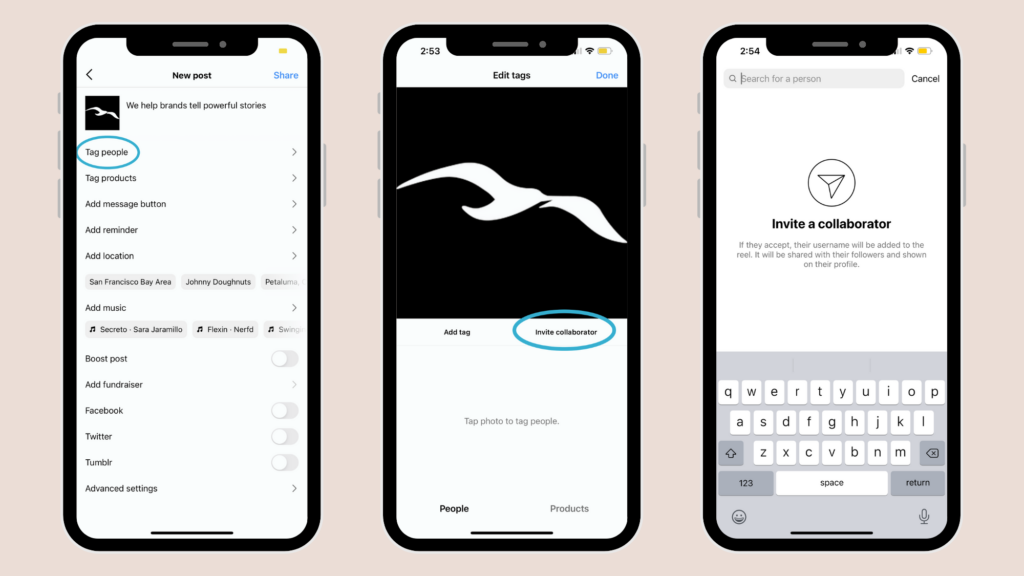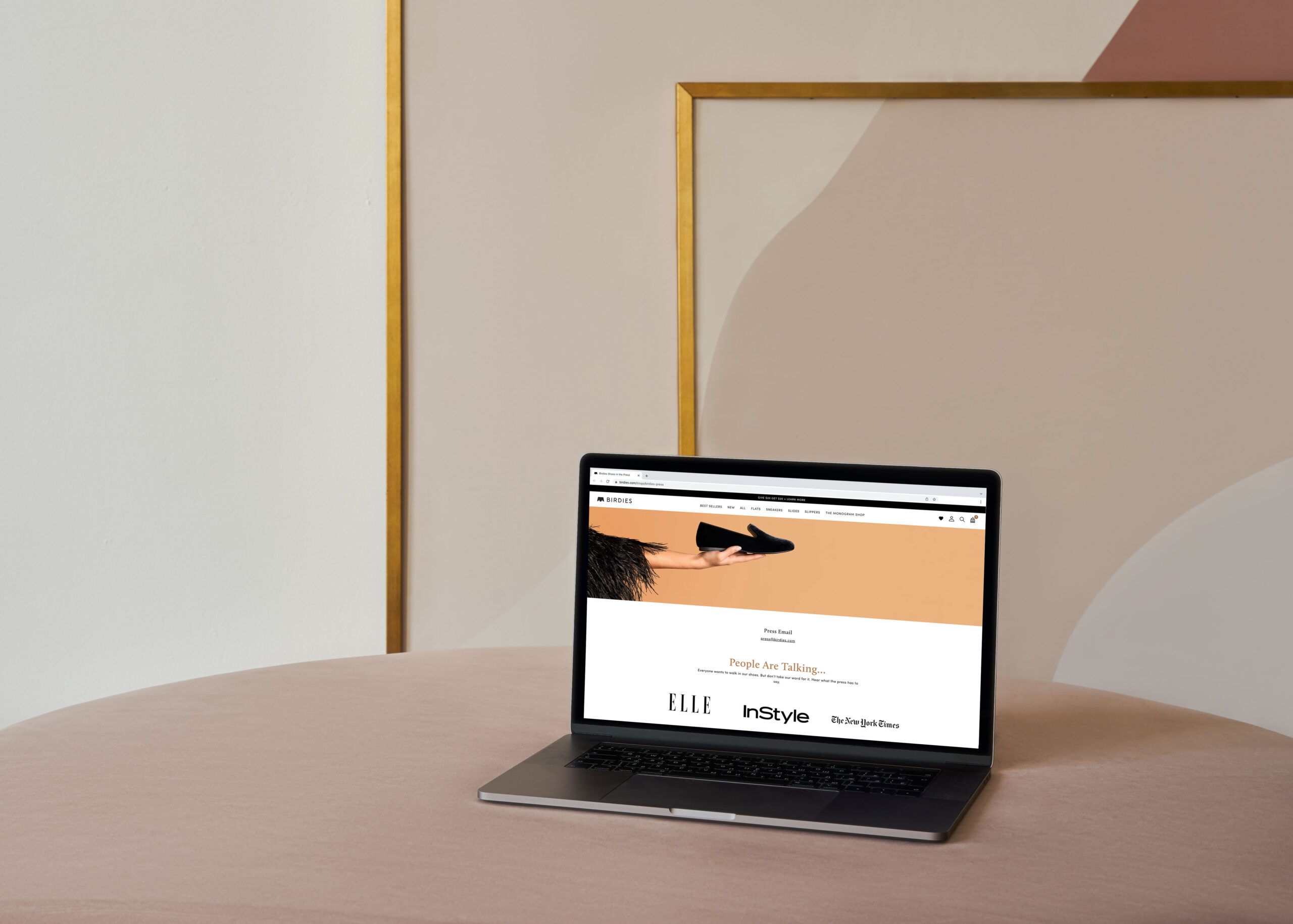We all know how hard it is to actually get your pitch noticed by journalists, with PR Week reporting that 39% of journalists get more than six pitches a day, and in some cases journalists covering technology and B2B businesses are inundated with more than 50 pitches daily. That’s why it’s vital to make your pitch and press release as attention-grabbing, unique, and newsworthy as possible.
Why we use data in PR
Incorporating solid data into your pitch or press release can increase your chances of success with journalists. Offering quality data and statistics can make your story seem more credible and can offer a more interesting angle, hopefully leading to more quality media coverage. It signals that you have something unique to offer that no one else has, and it might just be worth their time to open that email.
Using credible data can:
- Establish authority, credibility, and relevance, which is especially important in thought leadership.
- Support your claims and demonstrate the impact of the product or service you are pitching.
- Show you have a finger on the pulse of your industry and provide helpful insights to key journalists and their audiences.
How to use data in PR
But it is important to know how to use data effectively in technology and B2B business public relations, in order to best work with reporters. Avoid dumping pages of research stats into your pitch — instead, select the strongest and most relevant insights that support the wider narrative, so that journalists don’t have to spend time sifting through what you send to find what they need.
Data can come from various sources, and using it can be as simple as adding a statistic as an attention-grabber in the subject line or opening line of your pitch or using in-house data to create the basis of your press release.
You can find helpful data to support your public relations activities in a wide range of places:
- In-house data from your analytics, sales, or marketing team that indicates industry trends, top sellers, main traffic sources, keywords, or patterns in buying habits.
- Stats pulled from surveys or polls related to your industry, ideally that your company has gathered. If you can offer your own high-quality research that no one else has compiled, you have a chance of breaking through the noise.
- Data that provides background for your press release, such as a wider societal issue or pain point that you’re addressing. You can get this kind of data from reliable sources like The Pew Research Center or The US Census Bureau, or from other notable sources in your industry.
Final thoughts
Using data in your pitches or press releases can help create a newsworthy angle, establish credibility and relevance, and even just help get your emails opened more often. If you are looking for a way to add weight to your PR and communications, consider incorporating interesting data into it. Just remember that it should always be fresh data—news should be new, and that means it’s relevant and timely.
Let us take your technology and B2B brand’s visibility to the next level. We’re here, ready to help your company showcase your “why” and share it with millions of people.














Recent Comments